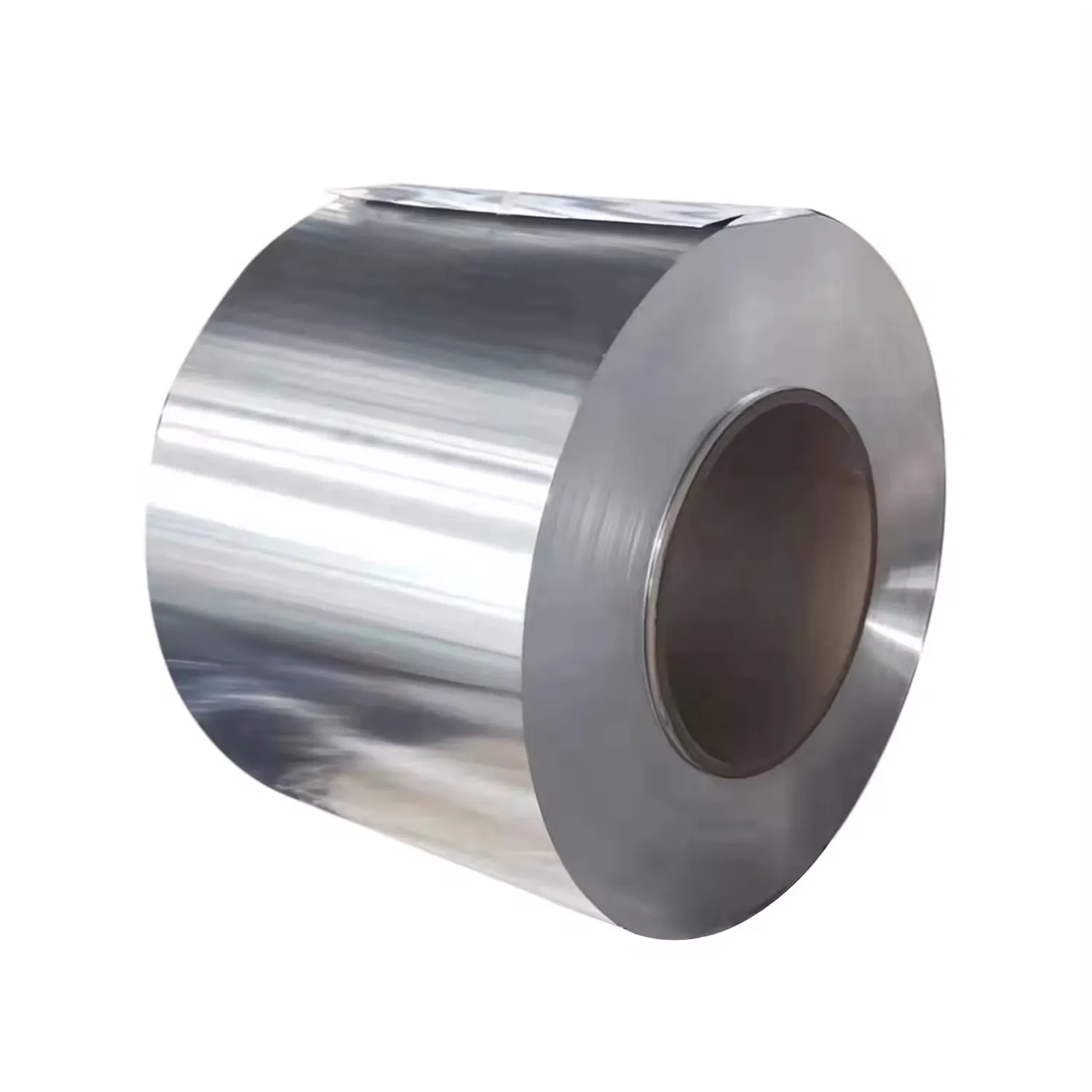გალვანიზებული კარბონული სპირალი შეიძლება დაერთოს კარბონული მასის მექანიკური თვისებებით და ცინკის ფიქრული დაფარვის კოროზიის წინააღმდეგო დახურვით, რაც ხდის მას იდეალურად გამოყენებისთვის გარემოში და კოროზიულ გარემოში. სპირალი ჩვეულებრივ არის ჰოტ-დიპ გალვანიზებული, რომელიც იმუშავება გარეშე წყალიან ცინკში, რათა შექმნას მაღალი და მუშაობის ცინკ-რკინის ალიური (60 275g/მ²), რომელიც გაძლევს საკუთარი კოროზიის დახურვას - ცინკი კოროდირდება საწყისად მასისთვის, დაცვის გარანტია მასის საფუძველი, még ha დაფარვა ჩაჭრილია. ცივი ან გარეშე წყალიანი კარბონული მასი სerve as the substrate, with low carbon grades (carbon ≤0.20%) preferred for formability. The galvanizing process enhances paintability, allowing additional coatings (polyester, fluorocarbon) for aesthetic appeal and enhanced protection. Mechanical properties like tensile strength (400 550 MPa) and yield strength (235 355 MPa) are maintained, with the zinc coating adding minimal weight. Galvanized coils are widely used in construction (roofing, wall cladding), automotive (chassis components, underbody parts), and infrastructure (highway guardrails, signage), especially in coastal areas or industrial zones with high humidity/pollution. Salt spray tests (up to 1,000+ hours) verify corrosion resistance, while bend tests ensure coating adhesion during forming. As environmental regulations tighten, manufacturers are developing eco friendly galvanizing processes (low zinc consumption, water based post treatment) to meet sustainability goals.


